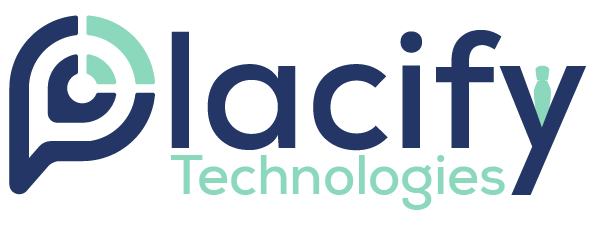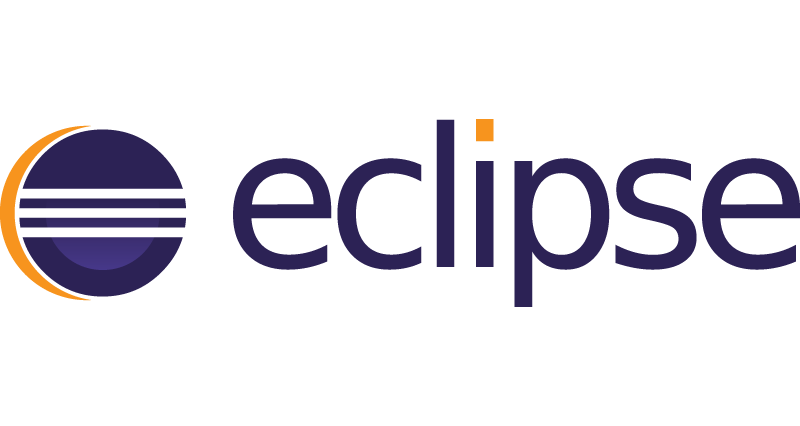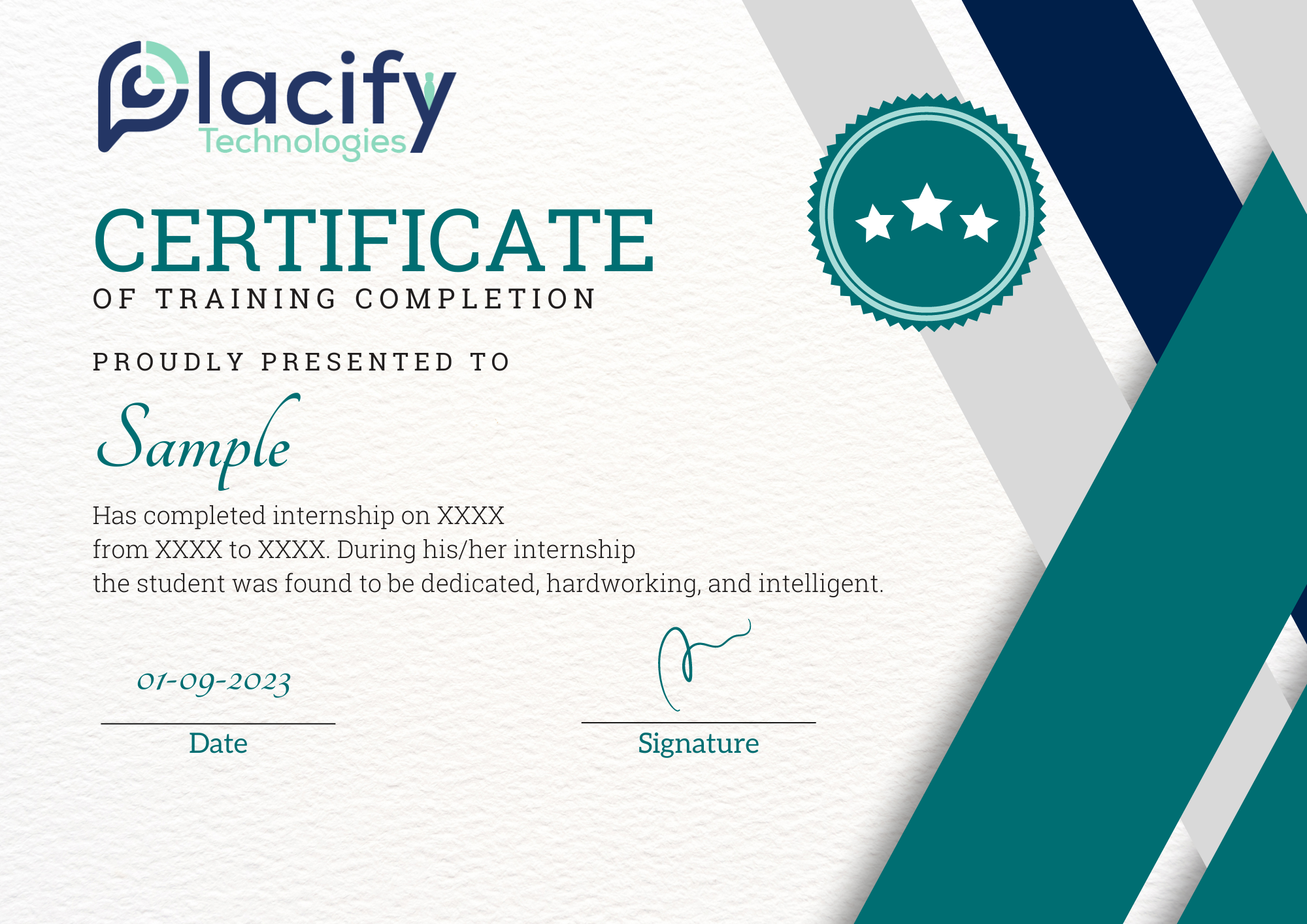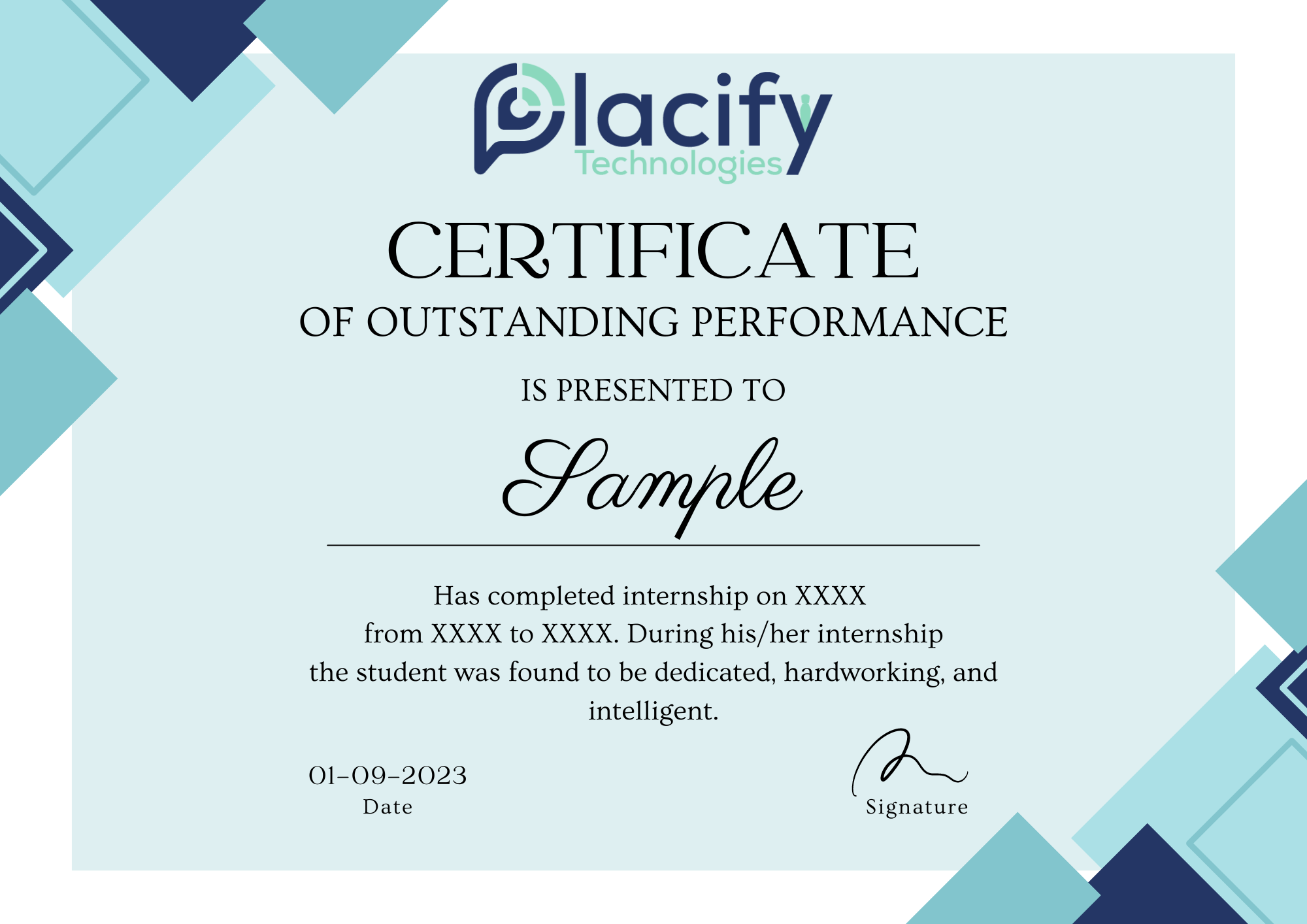Learn Embedded System
Placify's Embedded System Internship Program to give a boost to your Carrer.

Live conversations with industry professionals

Certificates from reputable MNC's around the world

25+ Hours of Practical Learning

Project support and Guidance

Access to Specialized Course Materials

Request a Callback
Request a callback now! Fill in your details and one of our academic counselors will contact you promptly.
Certificate of completion
25+ hours of video content access
Major & Minor Live Projects
Top Tools Included
OVERVIEW OF THE PROGRAM
Placify has crafted this program to guide individuals aspiring for a career as Embedded Systems professionals. The course delves into the fundamentals of embedded system hardware and firmware design. It covers crucial aspects such as embedded processor selection, hardware/firmware partitioning, circuit design, layout, debugging, development tools, firmware architecture, design, and debugging. The program also explores the architecture and instruction set of microcontrollers. Each student will have the opportunity to build and debug a wire-wrapped microcontroller board as part of the hands-on learning experience.
COURSE CURRICULUM
Get to realize in element about all the key principles and strategies used to layout and analyze from fundamental to advanced topics.
- Number Systems
- Boolean Algebra
- About Basic Electronic Components
- Data sheets, power supplies, voltage regulators. Thermal considerations, heat sinks, parts kits.
- Introduction to Embedded Systems Laboratory and equipment.
- Logic probes, voltmeters and oscilloscopes; Debugging using logic analyzers, state and timing information.
- Designing with tolerances and margins, part variations and substitutions, reliability/part count.
- Interfacing different logic families, fan out, signal buffering, noise margins, pull ups/pull downs.
- Overview of board development process, wire wrapping and soldering.
- Schematics and wiring diagrams, recommended practices, CAD tools.
- Board layout considerations, signal integrity (noise, crosstalk, etc.) and decoupling techniques.
- Manufacturing and test engineering, PCB design, ground and power planes, EMI, EMC.
- C Basic data types
- Programming constructs
- Functions in C
- Data Structures
- Advanced topics
- Overview of the C standard library
- Embedded System Oriented Topics
- MISRA C ― Designing Safer C Programs
- Basics of event driven programming
- Embedded systems descriptions, definitions, and vocabulary.
- Embedded system design considerations and requirements.
- Processor selection and tradeoffs.
- Microprocessor/microcontroller architectures and instruction sets, 8051 architecture.
- Design cycle, planning a development project, derivation of requirements, tradeoffs.
- Oscillators and reset circuits. Microprocessor supervisory circuits, watchdog timers.
- Microcontroller peripherals, selection and interfacing. Core component circuitry (CPU, ROM, RAM).
- 8051 timing diagrams, program read, data read, data write.
- Port pin structure. Controlling port pins in asm. User interface design, human factors. Driving LEDs.
- Timing requirements, propagation delay, setup, hold, rise/fall times, timing analysis. Clock skew.
- Memory selection and interface, SRAM, NVRAM, DRAM, EPROM, EEPROM, Flash.
- Switch debouncing in hardware and firmware, keypad decoding.
- 8051 timers/counters. Interrupts and Interrupt Service Routines (ISRs).
- Serial communication, RS-232/485, line drivers/receivers, charge pumps, terminal emulation, USB.
- EEPROMs, I2C and synchronous serial communication.
- LCDs
- Analog-to-Digital Converters (ADCs), Digital-to-Analog Converters (DACs).
- Motor control, stepper motors, DC motors, PWM, H-Bridges. Case study: hard disk drive.
- Introduction to distributed embedded systems
- Task manager
- Interrupt management
- Time management
- Memory management Inter task communication and synchronization
- pSOS system overview
- pSOS real time kernel concepts
- pNA network manager concepts
- Input output system
- Exploring pRISM environment
- Overview of building a pSOS system application debugger
- Getting Started with LabView, Opening a New VI from a Template
- Adding a Control to the Front Panel, Running a VI
- Front Panel and Block Diagram Tools, LabView Documentation Resources
- Customizing a User Interface from the Block Diagram
- Configuring a VI to Run Continuously until the User Stops It
- Customizing the Block Diagram Code
- Hardware and Software Requirements
- Acquiring a Signal in NI-DAQmx, All Controls and Indicators, All VIs and Functions
- When to Use Other LabView Features
Tools Included





Pricing Plans
Unlock premium features at a budget-friendly rate. Gain hands-on industry experience, work on live projects, and receive mentorship from the top 1% of mentors, plus additional benefits. Select the plan that aligns with your requirements and elevate your practical, outcome-based learning to new heights. Enroll today and pave the way for leadership tomorrow.
Self Paced
₹4999
- Internship Certificate by Co-Branded Company
- 1 Minor + 1 Major project
- Recorded Modules
- 25+ hours of video content access
- Outstanding Certificate on successful completion of extra projects
- Training Certificate from Placify Technologies
Mentor Led
₹9999
- Internship Certificate by Co-Branded Company
- 1 Minor + 1 Major project
- 16+ hours of mentor training
- 25+ hours of video content access
- Outstanding Certificate on successful completion of extra projects
- Training Certificate from Placify Technologies
Certificates
Get certified with the aid of pioneers of Ed-tech industry via upskilling in current technological and entrepreneurial domains.



FAQs
Explore our FAQ section for quick answers to common questions. Can't find what you're looking for? Contact us for assistance.
No, this course does not have specific prerequisites. It is designed to cover the fundamentals, making it suitable for complete beginners as well.
Ensure you have a reliable and stable internet connection, along with a functional device such as a laptop or mobile phone. It’s also advisable to have a notepad and pen/pencil handy for taking notes during the classes.
For additional information about the course, please contact us through email at support@placifytechnologies.com or reach out to us via the phone number listed in the ‘Contact Us’ section.
After completing a course in embedded systems, potential career paths include roles such as Embedded Systems Engineer, Firmware Developer, and IoT Specialist, with opportunities in designing, programming, and optimizing embedded systems for various applications.

